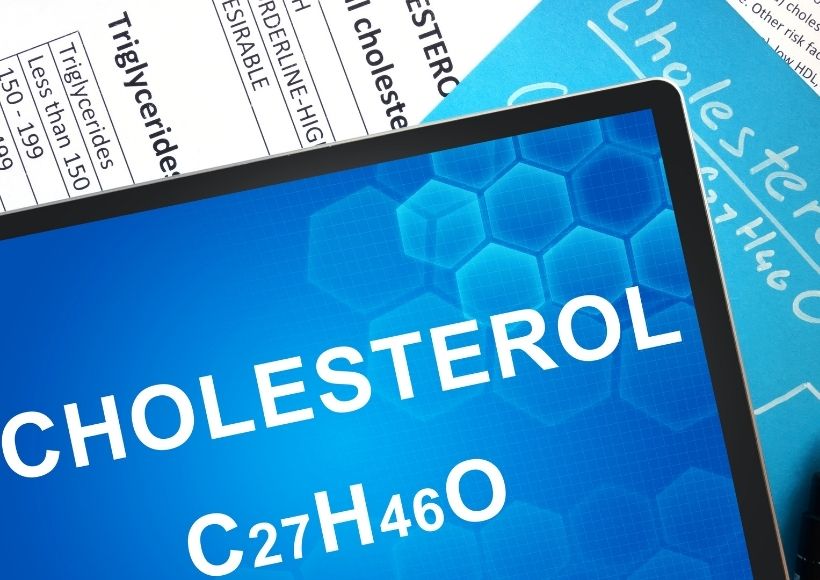Cholesterol is characterized as one of the completely waxy substances that can be found in the blood . Our body requires this problem to build healthy cells, but very high levels can put you at risk for heart disease. Therefore, they must continue reading so that they have knowledge about that health problem.
Table of Contents
Cholesterol
With high cholesterol it is one of the big problems that people suffer from , but it can develop fatty deposits in the blood vessels. Sometimes these deposits can rupture suddenly and form a clot that can cause a heart attack or stroke.
High cholesterol can run in families , but it’s often the result of unhealthy lifestyle choices, making it both preventable and treatable. A healthy diet, regular exercise, and sometimes medication can help reduce highs. We tell you everything.
How Is High Cholesterol Diagnosed?
You can’t tell if you have high cholesterol without having it checked. Men age 35 and older and women age 45 and older should have their cholesterol checked. Men and women age 20 and older who have risk factors for heart disease should be screened.
Teenagers may need monitoring if they are taking certain medications or have a strong family history of high cholesterol. Ask your doctor how often you should be checked.
When To Go To The Doctor?
According to the National Heart, Lung, and Blood Institute (NHLBI), a person’s first cholesterol check should be done between 9 and 11 years of age, and then repeated every five years. The NHLBI recommends that screening be done every one to two years for men ages 45 to 65 and for women ages 55 to 65. People over the age of 65 should be tested annually.
If your test results are not within the desirable ranges, your doctor may recommend more frequent measurements. Your doctor may also suggest more frequent testing if you have a family history of high cholesterol , heart disease, or other risk factors, such as diabetes or high blood pressure.
Causes Of High Cholesterol
Cholesterol is transported in our blood bound to proteins, combined with proteins and cholesterol called lipoproteins . There are different types, depending on what the lipoprotein transports. They are: Low density lipoprotein (LDL). LDL, the “bad” cholesterol, carries the particles throughout the body. LDL builds up on the walls of the arteries, making them harder and narrower.
High-density lipoprotein (HDL). HDL, the “good” one, picks up the excess and returns it to the liver. A lipid profile also usually measures triglycerides, a type of fat in the blood. Having a high triglyceride level can also increase your risk of heart disease.
Factors You Can Control
Factors you can control, such as inactivity, obesity and an unhealthy diet, contribute to harmful cholesterol and triglyceride levels. Factors beyond your control can also play a role. For example, your genetic makeup may make it difficult for your body to remove LDL from your blood or break it down in your liver.
Medical Conditions That Can Cause High Levels
Unhealthy cholesterol levels can lead to chronic kidney disease, diabetes, and HIV/AIDS. Also, from hypothyroidism and lupus; Cholesterol levels can also be made worse by some types of medications you may be taking for other health problems, such as: acne, cancer, and high blood pressure. Including HIV/AIDS, irregular heart rhythms, and organ transplants.
What Is The Difference Between Good And Bad?
The good cholesterol is known as high-density lipoprotein (HDL), it removes it from the bloodstream. Low-density lipoprotein (LDL) is the “bad” cholesterol. If your total cholesterol level is high because of a high LDL level, you may be at higher risk for heart disease or stroke. But, if your total level is high just because of a high HDL level, you probably don’t have a higher risk.
Also Read : These 10 Foods Will Destroy Your Prostate

